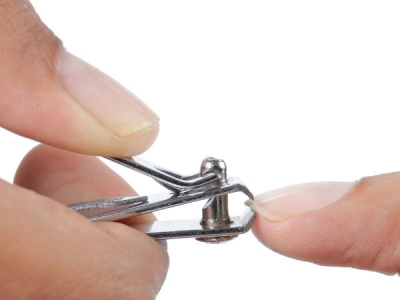
Lead in the form of tetra-ethyl lead (TEL) is added to petrol to suppress abnormal combustion called knocking. High local pressure due to knocking results in excessive noise, power loss and eventual damage to petrol engines fitted to any motor vehicle – be it two, three, or four – wheeled vehicle. But the question posed apparently addresses two-stroke engines which are commonly used in two and three wheelers, accounting for nearly 60 percent of petrol consumption and discharging nearly 20 percent of raw petrol with lead directly into the atmosphere.
The unleaded petrol recommended for use in cars fitted with catalytic converters, can be safely used for any petrol vehicle. In fact, the use of unleaded petrol causes cleaner combustion without deposits on the chamber walls. These deposits caused by lead are known to hide raw petrol in their crevices and prevent them from combustion. These are discharged in the exhaust causing pollution besides higher fuel consumption. The engine also requires frequent decarbonising due to excessive deposits.
In two stroke engines, the actual compression ratio is lower than the normal compression ratio, based on the ratio of cylinder volumes at the outer and inner dead centres, as the actual compression will not start until the piston covers the ports on the return stroke. So the probability of knocking in a two stroke engine with unleaded petrol is lesser than that in a four stroke engine of the same nominal compression ratio.
For leaded engines, the valves have to be coated with anti- corrosive materials and the piston rings need special treatment. Now comes the logical question: why not use unleaded petrol to all vehicles?
Unfortunately, all our refineries are not geared up with modern refining methods like hydro-cracking or quality feed-stocks to produce lead-free anti-knock petrol (designated by high octane number) to meet the demands of all the petrol driven vehicles. The amount of lead depends on the fuel composition-paraffins with long chains needing most, the shorter and the branched chain hydrocarbons lesser and the aromatics the least or none, if the compression ratio is compatible.
In India, the limit fixed varies from 0.18 to 0.56 g/litre depending on the feed stocks available and the type of refining process infrastructure. Whatever unleaded petrol produced is only restricted to those cars plying in metropolitan cities which are mandatorily fitted with catalytic converters. Otherwise, leaded petrol will poison the catalysts. The problem of alternatives to leaded petrol is engaging the attention of the researchers for a long time. Natural gas or LPG is admirably suited as they are inherently knock-resistant because of their short chains.
Alcohols are also excellent knock -resistant fuels. Tertiary-butyl alcohol (TBA) and methyl tertiary-butyl ether (MTBE) have also been contemplated as additives.
Lead poisoning is a serious health hazard. Many social organizations, worldwide, are making a study of this and are creating public awareness to this problem.
The George foundation, a charitable and non-profit trust has pioneered a project ‘Lead Free’ in Bangalore and is collecting data in order to test and treat people severely affected by lead pollution. Hopefully, the project would be extended to other metropolitan cities.




 about 5 cm in a year.
about 5 cm in a year.



 There are 3 major reasons for a four-stroke engine of a two-wheeler being more eco-friendly than a two-stroke engine: In a two stroke engine, a part of the incoming air and fuel is short-circuited directly through the exhaust port of the cylinder and is carried away with the exhaust gases. This pollutes the atmosphere. But, the design of four-stroke engine is different there are valves (inlet and exhaust).
There are 3 major reasons for a four-stroke engine of a two-wheeler being more eco-friendly than a two-stroke engine: In a two stroke engine, a part of the incoming air and fuel is short-circuited directly through the exhaust port of the cylinder and is carried away with the exhaust gases. This pollutes the atmosphere. But, the design of four-stroke engine is different there are valves (inlet and exhaust).